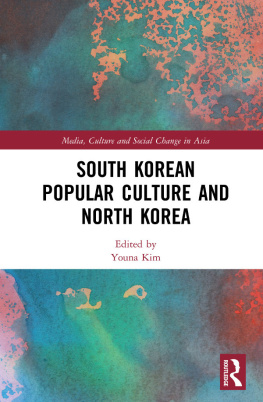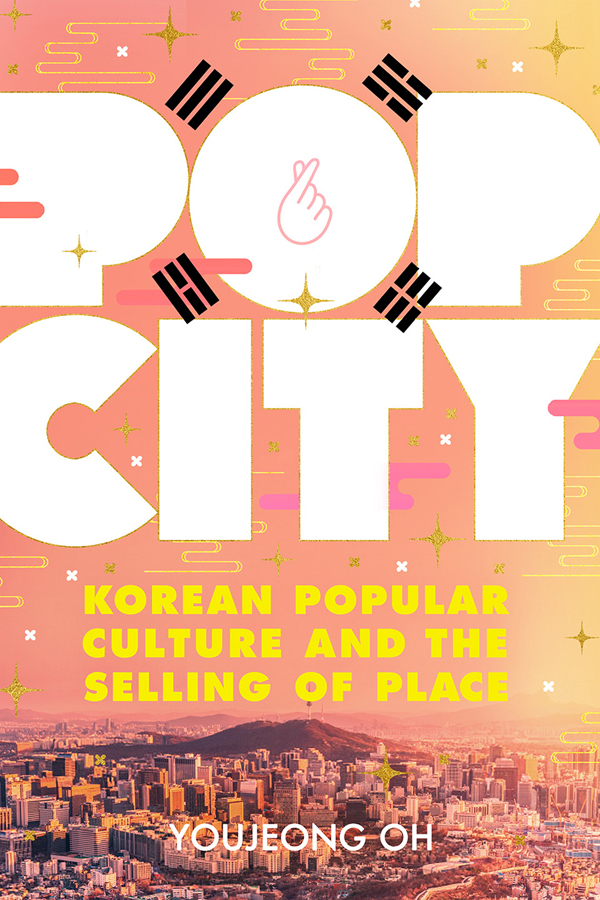ACKNOWLEDGMENTS
I would like to thank my teachers at the University of California, Berkeley. The Berkeley Geography Department is where my dramatic transition from an engineer to a social scientist began. Professor You-tien Hsing has been a scholar and a teacher I admire, having shaped my ideas about urban geography. Richard Walker provided lasting intellectual stimulus for my work. I also thank Paul Gorth, Michael Watts, and Kurt Cuffey for their teaching and kind advice. Although this book does not discuss much about gender, I received intellectual inspiration and professional guidance from Barrie Thorne. I was fortunate to have great teachers throughout the campus, including Margaret Crawford, Marco Cenzatti, Hong Yung Lee, and Clare You.
At the University of Texas at Austin, I have been very fortunate to benefit from the most encouraging groups of scholars. My greatest thanks go to Robert Oppenheim for his professional leadership and generous support. I would also like to thank Heather Hindman, Martha Selby, Kirsten Cather, Mark Metzler, Huaiyin Li, Sharmila Rudrappa, Chien-hsin Tsai, Kyung Park, Sang-Hoon Park, Eunjoo Kim, Boyoung Kim, Grace MyHyun Kim, Yvonne Chang, Oliver Freiberger, Donald Davis, Chiu-Mi Lai, Nancy Stalker, Patricia Maclachlan, Jeanette Chen, Joel Brereton, Rupert Snell, and Yi-Chun Lin.
I have received both intellectual and emotional support from amazing scholars who have worked together to discuss developmentalism and urban Korea. My special thanks go to Professor Jesook Song, who has stimulated me to grow into an independent scholar. I have learned a lot from intellectual dialogues with Laam Hae, Hyun Bang Shin, Bae-Gyoon Park, Mun Young Cho, Hyeseon Jeong, Seo Young Park, and Sujin Eom. Thanks so much for each of them.
I am greatly indebted to professional and moral support from the Korean studies community. My sincere thanks go to Namhee Lee, Dal Yong Jin, Hae Yeon Choo, Yoonkyung Lee, Eleana Kim, Jaeeun Kim, Ju Hui Judy Han, Nan Kim, Suzy Kim, Seungsook Moon, Kyung Hyun Kim, Jiyeon Kang, Young-Gyung Paik, Laura Nelson, Suk-Young Kim, and Sangjoon Lee. I have enjoyed talking with my longtime friends, all of whom are amazing scholars as well, including Sunghoon Oh, Yumin Joo, Jee-Eun Regina Song, Yuri Jang, Sung-Heui Bae, Ari Kang, HyungKyoo Kim, and Seungnam Kim. The intellectual and personal communications with my students at UT Austin also helped me a lot: thanks to Chuyun Oh, Jean Young Kim, Zachary Adamz, Jennifer Kang, and Jinsook Kim.
I am very grateful to Gabriella Lukcs and Hyun Bang Shin for reading the manuscript draft and providing helpful comments. I had the privilege of participating in the Social Sciences Research Council (SSRC) Korean Studies Workshop for Junior Faculty. I am thankful to those who read an earlier version of my book prospectus and offered comments to me: Theodore Jun Yoo, John Lie, Jinsoo An, John (Sung Bae) Cho, Olga Fedorenko, Maya Stiller, and Masato Hasegawa. Portions of chapter 5 were previously printed in Oh 2017, used by permission.
I sincerely appreciate the work of the good people at Cornell University Press. Thanks especially to my acquisitions editor, Jim Lance, for his support and professional guidance. The field research for this book was conducted with generous support from POSCO Endowment, an AAS (Association for Asian Studies) NEAC (Northeast Asia Council) Travel Grant, a College Research Fellowship at UT Austin, a UC Pacific Rim Research Program Advanced Graduate Research Fellowship, and a Koret Foundation Fellowship. I also thank Kwanjeong Educational Foundation.
This book would not have come to fruition without my familys support. My mothers everyday prayer and my mother-in-laws dedication keep me going. My biggest thanks go to my husband, Jihoon Kim, who has always been with me. My dearest thanks go to my son, Joshua Hyun-Jin Kim, who patiently allowed me to spend time to travel and write this book. I love you, Hyun-Jin and Jihoon.
INTRODUCTION
Most Korean television dramas end with a still screen image, designed to act as a cliff-hanger to each episode. The tension is left to linger for a while; then the credits start to run, accompanied by background music against the still screen frame, revealing the names of the drama series sponsors one by one. Since the mid-2000s, the names of Korean municipalities have started appearing in the first few credits, implying that they are the productions biggest sponsors. My inquiry into cities drama sponsorships began with a very brief discovery of one small citys name in the list of fast-rolling credits of a 2006 megabudget historical drama. Initially, like most other viewers, I did not notice or pay much attention to the credit lists. My accidental recognition that one day, however, caused me to formulate questions about the logistics of these arrangements. Municipalities sponsor drama productions not only to garner public recognition of their areas, but more important, to promote their respective places. In return, Korean television dramas strategically reveal these cities landscapes, iconic places, and popular attractions by blending them with stories and characters experiences, as well as by including them in the textual notices at the end of each episode. The underlying logic is that the audiences for television dramas represent potential visitors to the sponsoring areas. The rise of K-pop (Korean pop music) since 2011 has offered another medium for Korean municipalities to employ in their place marketing. Korean cities, counties, and districts increasingly try to project K-pop images in their locales by inviting K-pop groups to their local festivals, employing K-pop idols as their public relations ambassadors, or holding K-pop concerts. These strategies intend to deliberately cultivate a K-popevoking ambiance in their physical places to help boost the tourism industry. This book explores cases of place promotion as mediated through Korean popular culture since the early 2000s, specifically television dramas and K-pop music. Arrangements for mutual employment between popular culture and cities are now a common phenomenon, one that more than sixty South Korean municipalities have engaged in since the beginning of the new millennium.
The alliance between cultural production and urban policies reveals the untold stories about Hallyu, or the so-called Korean Wave, referring to the overseas popularity of Korean entertainment products, including films, television dramas, pop music (K-pop), and online games. The Korean Wave emerged and swept East Asia beginning in the mid-2000s, and has continued to enjoy international visibility in the United States, Latin America, the Middle East, and parts of Europe. The unexpected and unprecedented international attention given to Korean media has given rise to nationalistic celebrations to mark South Koreas becoming a culture-exporting country after many years of being a culture importer. Various scholarly works have aimed to understand what aspects of Korean culture appeal to foreign audiences, mainly focusing on content analyses of television dramas, K-pop music (videos), or ethnography-based reception studies. The rise of the Korean Wave is undoubtedly an important phenomenon that helps us understand contemporary global Korea; however, I contend that the question should be shifted from How has Hallyu been possible? to How is Hallyu reconfiguring the country? Since the 2000s, Hallyu has significantly transformed South Korea, so that everybody now seems to be riding the Korean Wave. Korean manufacturers, the beauty, fashion, and tourism industries, culinary services, and even medical services, are trying to use the power of Hallyu to sell their products and services. With the meteoric rise of K-pop in particular, everything seems to be prefixed with a











